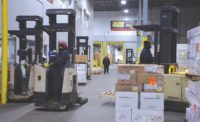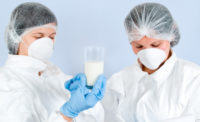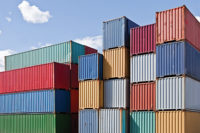Do you know where your food comes from and how it got there?
Supply chains are complex and food supply chains even more so considering the special handling and regulatory requirements for many products. From source to consumers, from farm to fork, food supply chains are under stress. Adding the multiple crises and disasters in recent years, the current state of chaos in global logistics can challenge even the most experienced companies.
As producers struggle (like many of us) with global supply and demand, logistical problems, and the continued impact of COVID-19, understanding and rethinking the “lowest-cost approach” that we’ve been relying on for decades seems like a decision that is well worth the time.
Let’s start by understanding, in a very simplified way, the flow of goods from one country to another. About 90% of the world’s global shipping is done by sea and most of those shipments move in sea containers. Big steel boxes that are stacked on top of each other in vessels, some containing up to 24,000 (TEU) of these containers. That much freight is roughly the equivalent of a freight train measuring 70 kilometers, or 44 miles long.
There are two popular sizes of containers. One being 20-feet long, eight-feet wide and eight-feet high (20 x 8 x 8). The second one being 40 x 8 x 8. A 20-foot container can hold approximately 48,000 bananas. The empty container must be first be fetched empty from a terminal near the port in the country of origin. Depending on that origin, the shipper might be a few hours or days away—if an empty container is even available.
At the time of writing this article, shippers in many parts of the world are struggling to get empty containers and must wait up to two months to get their hands on one. And, if that container is refrigerated, it’s even harder to secure. Once we have our container, we’re ready to load it with those 48,000 bananas, or tomato paste, or frozen food, or other items, and we need to return it to the port in time to meet the vessel. Most are on a weekly schedule so if you miss this week’s departure, you’re rolled over to the next, or the next, or the next, because everyone is trying to get their freight on board. Shipping lines know this, which is why the container with the highest rate will get on the vessel first. With skyrocketing demand, shipping prices are three-to-five times higher than before the pandemic.
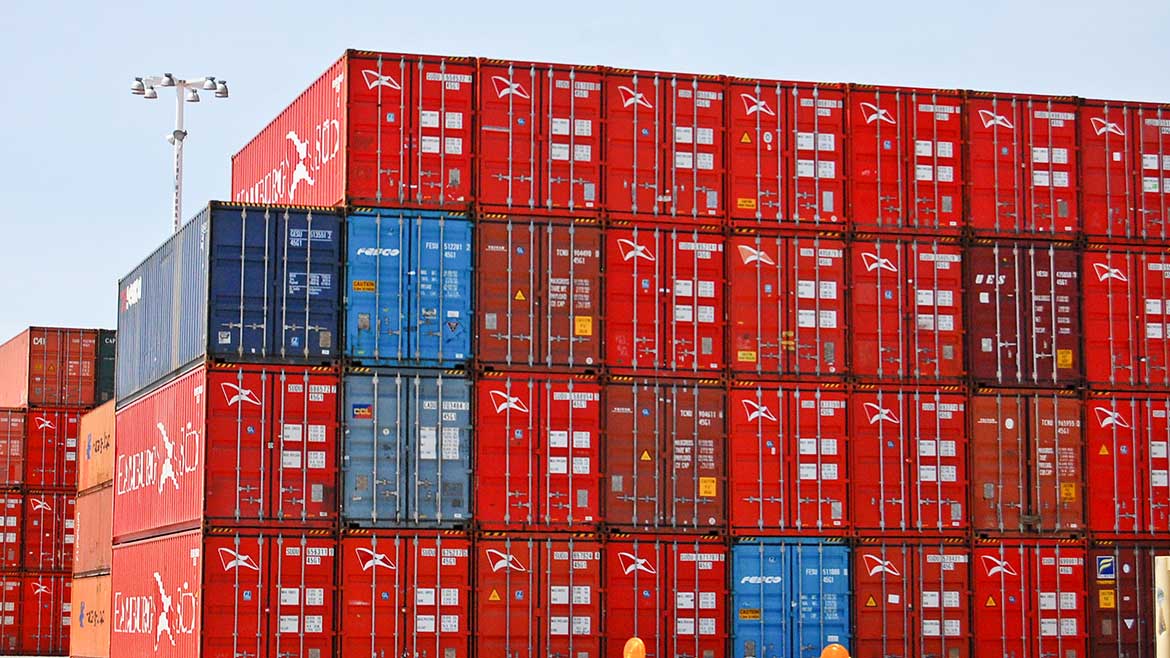
However, now you’re happy because your container is onboard, so you expect it in two-to-three weeks, right? Well … hmmm, maybe not. The vessel crossing the Suez Canal ahead of your vessel gets stuck for six days, so you’re stuck too. Alas, we’re underway and we get to North America, but there’s a backlog of up to 70 ships waiting to get offloaded in one of the biggest ports on the U.S. West Coast and not enough trucks to move those containers once they’re on the ground.
But wait, we’re not done. They’ve lost the paperwork you need to get it through customs or through a governmental food inspection agency like the FDA. And, because we’re still relying on physical pieces of paper for our certification documents, we must wait for the shipper to courier you a new set. Oh, and did I mention that you, as the distributor of these products, source your goods from multiple vendors in multiple countries and you ship to dozens of destinations worldwide which all have their own regulatory environments and logistics challenges?
This all might seem like an exaggeration, but rest assured that all of this happens regularly in global logistics. If it’s not stuck vessels, port strikes, containers falling overboard because of bad weather or container imbalances, it’s something else. The keen eye reading this would wonder with all these delays and risks, what happens to my fresh or frozen food as it moves through this part of the cold chain? How do I know the current state of my product before I open the container doors and if the goods are still viable for sale? Well, you won’t know.
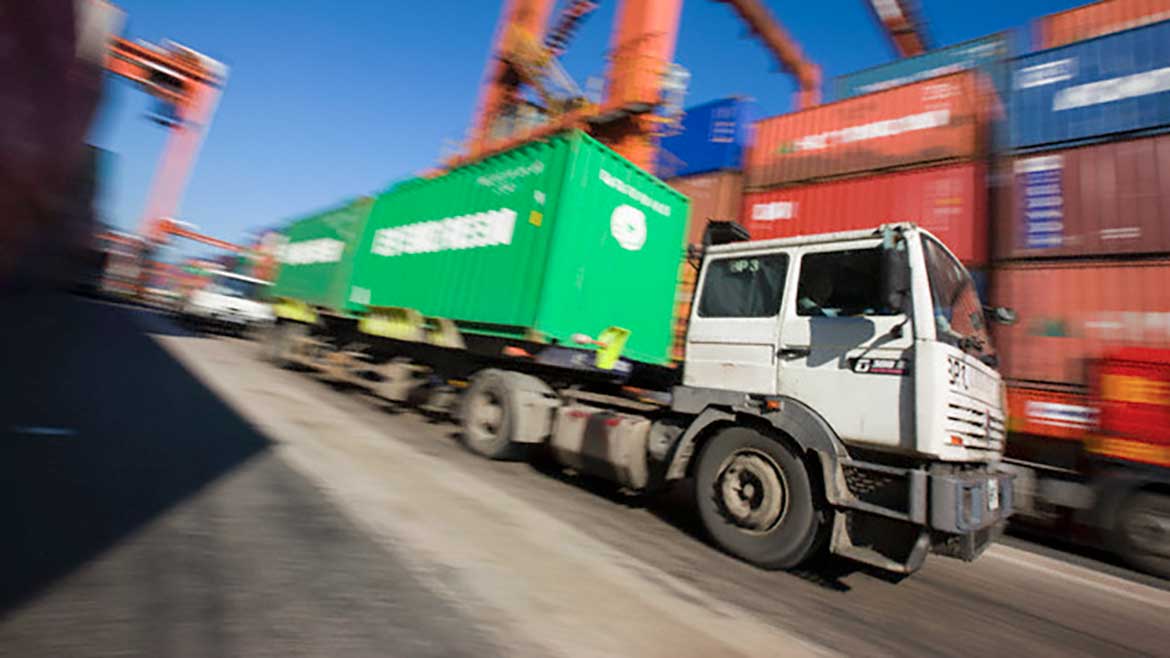
Finally, a sigh of relief. We have our goods in the supermarket refrigerator with the highest hope that consumers will fall in love with our products. But then (sorry, there had to be a but) a national media outlet finds out through a tip and some research that the tomatoes used by your processor in a different country were sourced in a disputed region in China plagued by forced labor (true story in Canada a few weeks ago). You didn’t care to ask your processor where they sourced their ingredients and now the bad press forces you to recall everything. This is a nightmare because you’re also paper-based and you have to retrace all the orders that were shipped to hundreds of stores in dozens of countries, which will take weeks.
This is why traceability solutions are becoming ever more important, if not critical for today’s food supply chain. Outdated processes that consist of moving a piece of paper from one party to another just don’t seem right anymore.
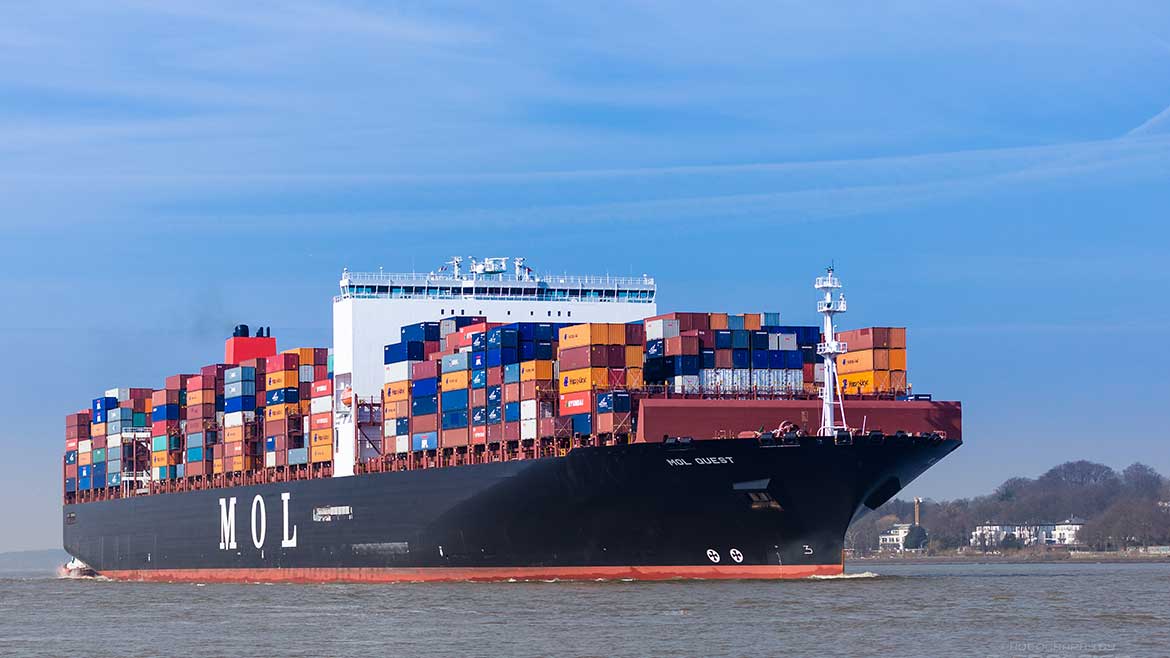
We have the technology to trace the provenance of our products through a web of producers, processors, and distributors (like blockchain). We have the technology to track shipments, and the state of those shipments, in real time (like IoT). We have the technology to mitigate risk and help us make better business decisions with the enriched data we can now collect (like Artificial Intelligence). That costly recall which took weeks now takes a few minutes because your systems are connected with the processor at one end of the world and the retailer at the other. Or, you were able to identify a shift in patterns by your processor and questioned them before it was too late.
Consumers are asking for better visibility into supply chains to make better decisions for themselves, and regulators need more information to protect those consumers. Data silos have no room in a modern supply chain. Using technology to make our food supply chains safer and more resilient just makes sense.


